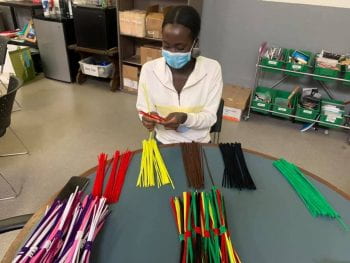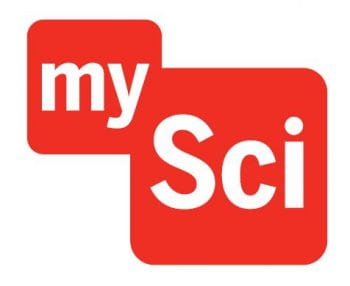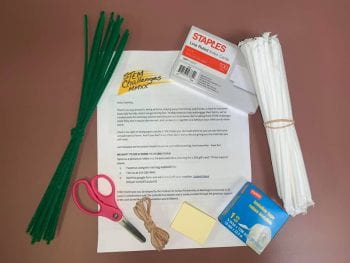To our educational partners and school communities, At the Institute for School Partnership at Washington University in St. Louis we value our partnerships with schools and school districts and the racial diversity of the students and educators we strive to support. Our very mission is to promote equity in education and opportunity for the students of our […]
Toward Social Justice



